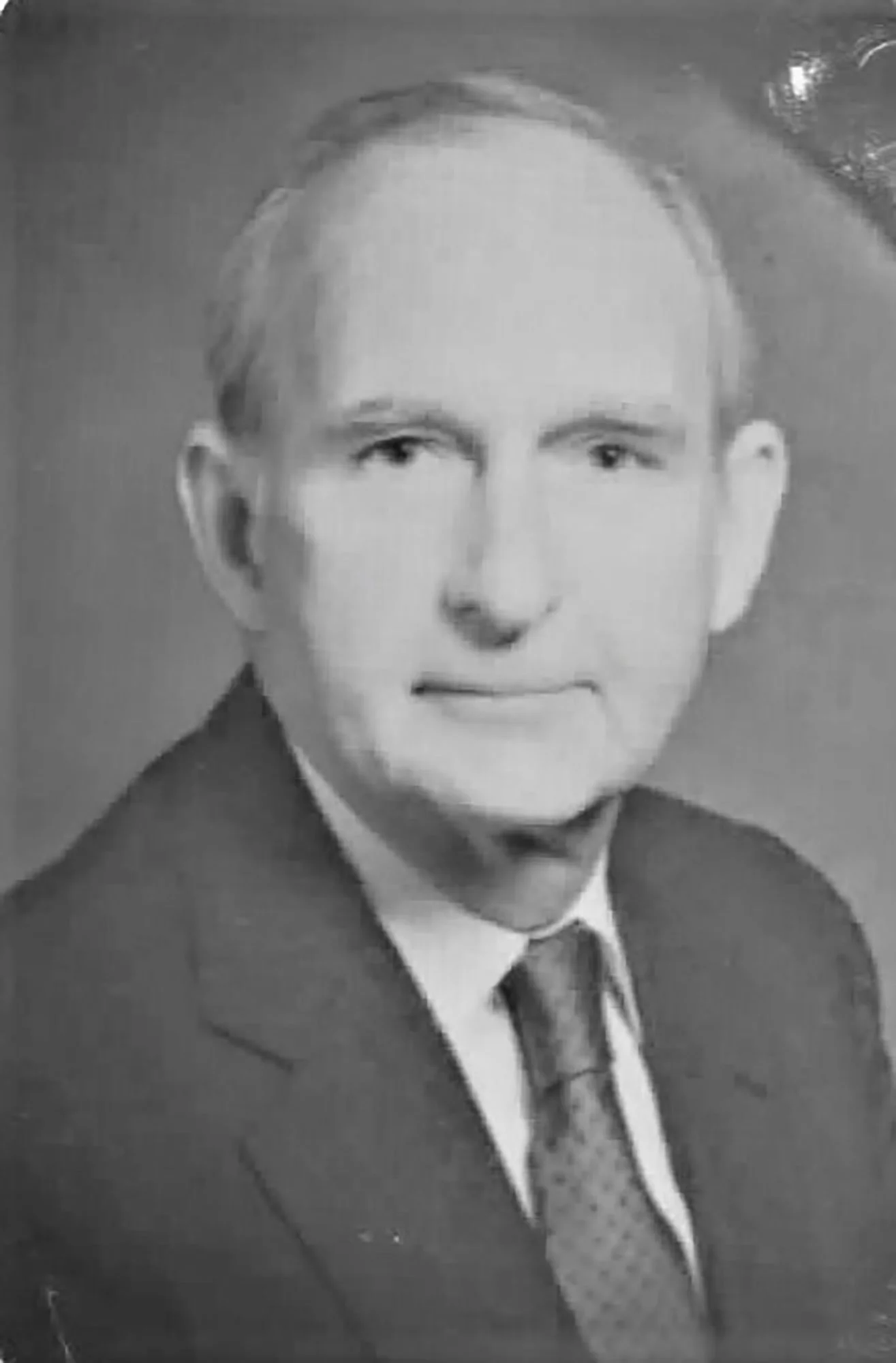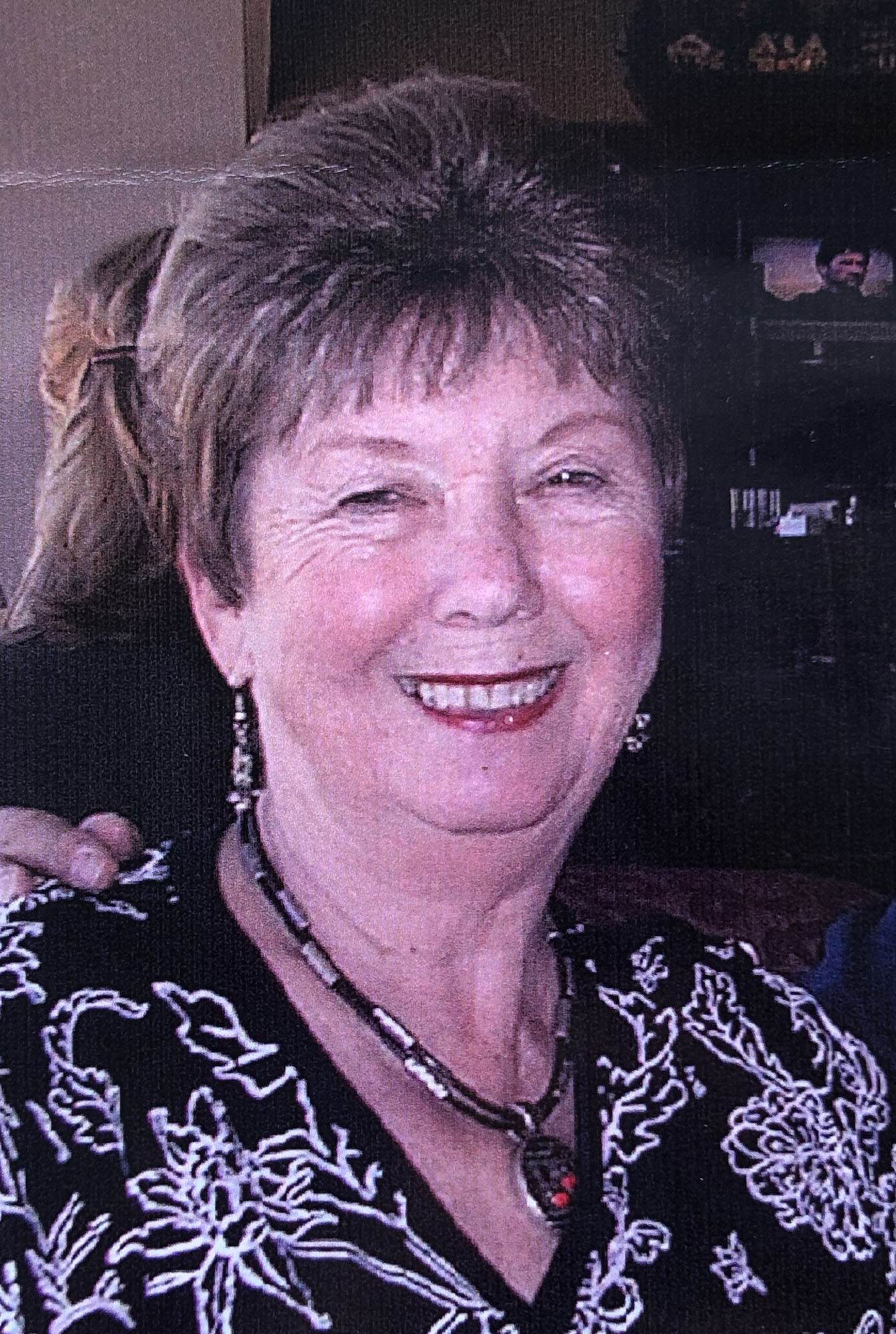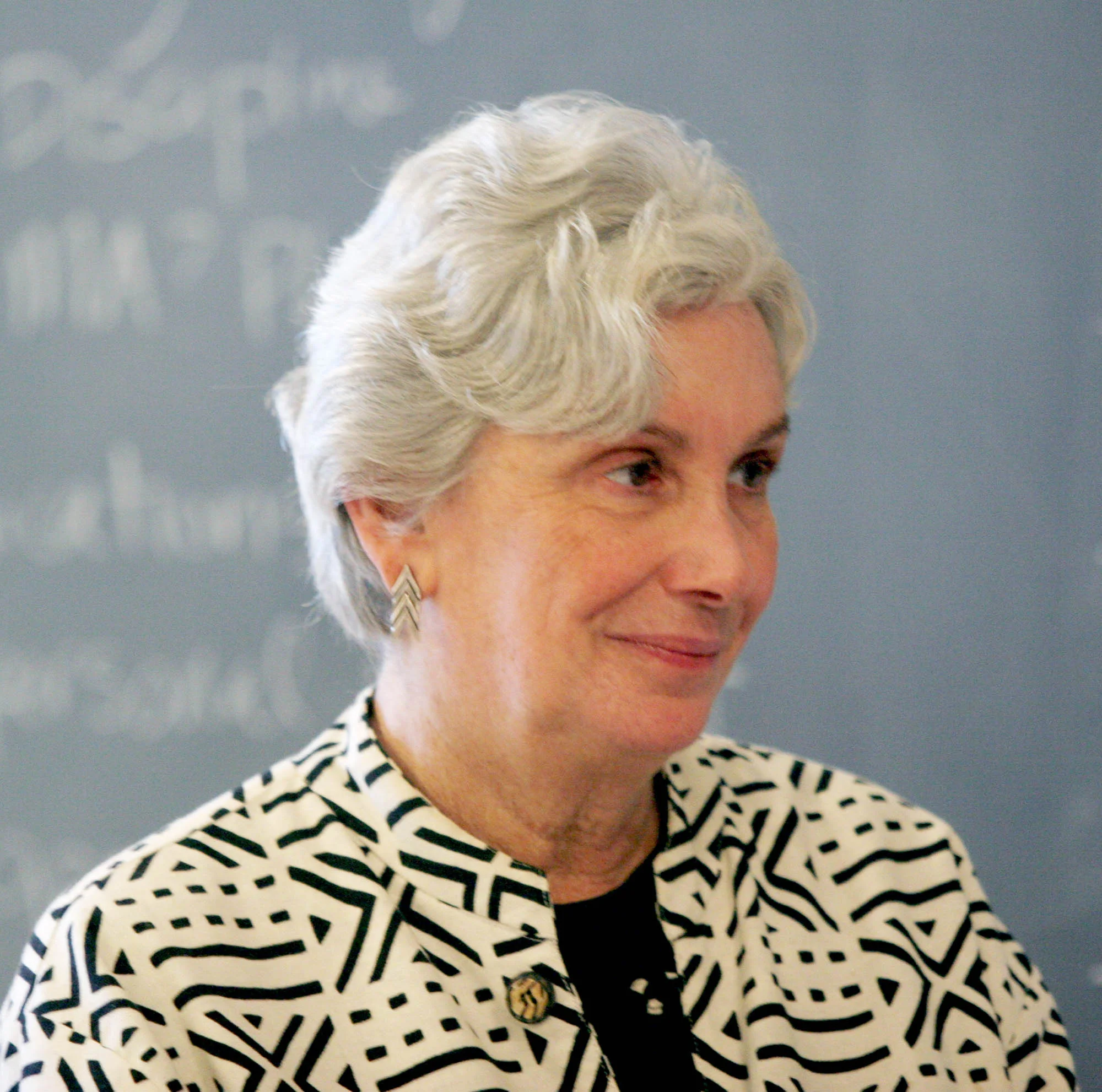James Stoddard Hayes
James Stoddard Hayes, age 95, died peacefully in his bed at the Morningside House, Parkeville, Maryland, on July 24, 2019. He is survived by his wife, Elizabeth (“Libby”) Nicholson Garrett Hayes; his three children, James Stoddard Hayes, Jr., Katharine Hayes Armitage, and Curtis Woods Hayes; six grandchildren; and nine great-grandchildren.
Jim was born in Rose Valley, Pa., to Katharine Stoddard Williams Hayes and James Alfred Hayes, Jr. He graduated from The Haverford School in Haverford, Pa., and matriculated at the New York State Maritime Academy at Fort Schuyler, New York, in September, 1942. However, his academic career was interrupted when the federal government activated the U.S. Maritime Service for WWII, and he was commissioned as an ensign in the U.S. Navy.
During WWII, Jim was stationed aboard the U.S.S. John O’Hara, an attack troop transport that carried over 2,200 troops. He first saw combat as a landing craft commander in the amphibious assault of the island of Saipan, and subsequently fought in the battles of the Palaus, Leyte, Luzon, and Iwo Jima. Jim rarely talked about his military service, but left the service with his hearing permanently impaired because his landing craft was directly beneath the guns of the battleship, California, during an artillery barrage.
After the war, Jim married his childhood sweetheart, Libby Garrett, and resumed his education. With the help of the GI Bill, he was able to attend Swarthmore College, where he received his Bachelor of Science in Engineering degree in 1950. It was during his second year at Swarthmore that Libby gave him his first son, Tod. They lived in a garage apartment in Jim’s mother’s house in Wallingford, which had been his home growing up.
Jim worked to support his family while he was getting his college education. He found a position with Scott Paper, then headquartered in Chester, Pa., and worked part time in the mill as a paper machine mechanic. During those same years, he worked as a building superintendent for his father-in-law, Albert Garrett, in Swarthmore, to make ends meet.
After college, Jim continued in the paper business. Scott Paper offered him a full-time job and sent him to the Institute of Paper Chemistry in Appleton, Wisconsin, then part of Lawrence University. He then returned to Scott, where he was transferred to Glens Falls, New York, working on the expansion of the company’s Marinette paper mill. And, after a year in Glens Falls, Jim and his family moved back to Wallingford.
Jim worked in the paper industry his entire career. He, Libby and their children moved often, as his career advanced. In addition to Wallingford, Appleton, and Glens Falls, they lived in Longmeadow, Mass., Watertown, N.Y., Princeton, N.J., Lancaster, Pa., Bangkok, Thailand, London, England, Bronxville, N.Y., Sanibel, Fla., Fort Myers, Fla., and West Chester, Pa. His family became adaptable and accustomed to making new friends in new places.
Perhaps Jim’s greatest professional accomplishment was building the first paper mill in the Kingdom of Thailand. As Project Manager, he was the chief engineer responsible for overseeing the design and construction of the Siam Kraft Paper Company, an enormous complex of buildings erected along the Mai Klong river to the west of Bangkok from 1966 to 1970. Prior to that time, no paper was manufactured in the country of Thailand and all of it had to be imported. The Siam Kraft Paper mill was entirely self-sufficient, using left-over cellulose from the processing of sugar cane as both raw material and a source of power, generating its own electricity. The materials would go in one end of the factory and kraft paper — the brown paper used in paper bags — would come out the other.
At the pinnacle of his career, Jim was President of Parsons & Whittemore, an international engineering concern that built and operated paper companies. In addition to the mill in Thailand, through Parsons & Whittemore, Jim had a hand in building paper mills and recycling plants all over the U.S., and in many foreign countries, including Taiwan, Egypt, Poland, Hungary, and Kenya.
Jim retired from Parsons & Whittemore in 1986 at age 62. He and Libby bought a small independent bookstore on Sanibel Island, Fla. Jim went from being a high-powered executive to a small business owner, but it didn’t faze him. Jim’s daughter, Kate, son-in-law, Philip, and their family moved from their home in England to manage the store. Always the engineer, Jim loved building and fixing things, and was often mistaken as the store handyman, as opposed to its owner.
Eventually, Jim and Libby sold the bookstore and “really” retired. They moved back to Pennsylvania to be close to family, and spent their time golfing, gardening, spending time with family and friends, and traveling around the country and abroad.
As can be said for many of his generation, Jim worked tirelessly for his family, never complaining about aches or pains. Even into his 90s, as old age began to catch up with him and he began to lose his mental edge, Jim was a devoted husband and father. At The Morningside House, he and Libby would sit together, holding hands, and enjoy each other’s company. At the very end, it was only his death that separated him from his wife of 73 years. He shall be greatly missed by everyone he touched.




